
Pilgrims heartland
One journey links four nations, spans 400 years of history and connects millions of people. Discover the origins of the Separatists, through five leading passengers on the Mayflower in 1620.

2020 marked the 400th anniversary of the departure of the Mayflower ship from the UK to the 'New World' of America. The anniversary will commemorate the legacy of the passengers and crew who undertook the epic journey inspired by an unquenchable desire to start a new life; some seeking religious freedom, others a fresh start in a different land. The voyage promised new found liberty.
Across England there are many places with connections to the Mayflower story and worldwide there are over 35 million descendants of the passengers and crew who sailed on her.
The story of the Mayflower in the UK can be told through the histories of locations across England including: Chorley, Austerfield & Doncaster; Boston; Dartmouth; Gainsborough; Harwich; Immingham; Scrooby; Babworth; Plymouth; London Rotherhithe & the City of London; Dorking, Southampton; Worcestershire.

One journey links four nations, spans 400 years of history and connects millions of people. Discover the origins of the Separatists, through five leading passengers on the Mayflower in 1620.

William Brewster was brought up in Scrooby. He is believed to have founded a Separatist Church in his family home, the manor house at Scrooby and was fined for non attendance at St Wilfrid’s.
Brewster was inspired by the radical words of Richard Clifton, the rector of nearby All Saints, Babworth. He was rector here from 1586 until 15 March 1605, when he was taken to court for failing to follow the church’s rules.

Brewster strongly influenced William Bradford, who was baptised in the font still used here. Bradford became the Govenor of Plymouth Colony, serving for over 30 years and his journal records all that happened.
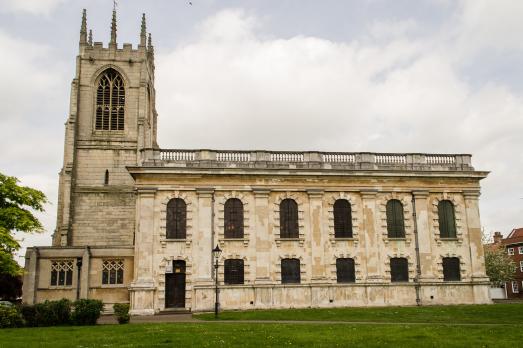
Separatists worshipped at Gainsborough Old Hall, adjacent to the church attended by John Smyth before he became their leader. Smyth fled to Amsterdam with Thomas Helwys, with whom he created the Baptist church.

Built in memory of John Robinson, born in nearby Sturton le Steeple. He became the Pilgrims leader after their first flight from England to Leiden in Holland, a city of free thinkers and relative religious tolerance.
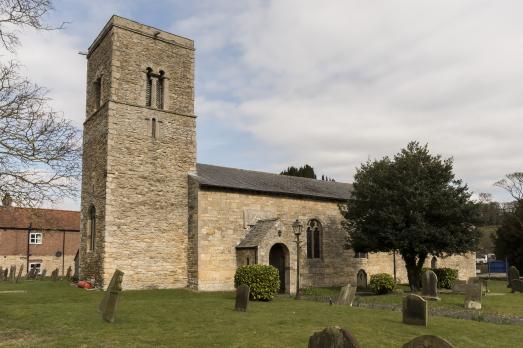
Three siblings, featured on the Glentworth memorial, used their wealth and prestige to support radical Christianity. They played a key role in the development of the Mayflower Pilgrims.

In 1607, a group from Scrooby secretly met a boat near Boston. They planned to escape to Holland but were betrayed and sent back. Later Revd John Cotton inspired the 1630s migration of 300 Bostonians to America.

Edward Winslow, who would go on to become a senior figure in the Pilgrims ranks, was educated at Worcester Cathedral. He became an apprentice to a London printer but in 1617 moved to Leiden to join the Separatists.
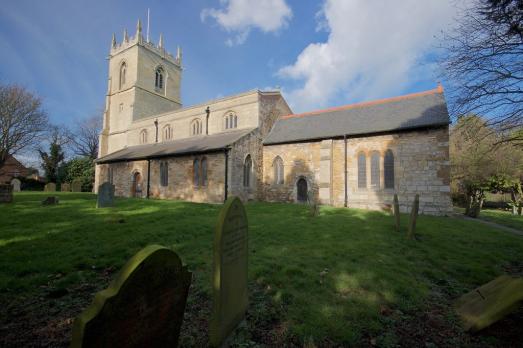
In 1608 the Pilgrims made a second, this time successful, attempt to escape, securing the services of a Dutch boat and captain to take them to Holland. One of them, Francis Hawkins fell ill and is buried here.

Edward Winslow, born in the parish in 1595, was one of the Pilgrims. He served Governor of the Plymouth Colony three times and brought the first domestic cattle to America. The vestry is dedicated to his memory.
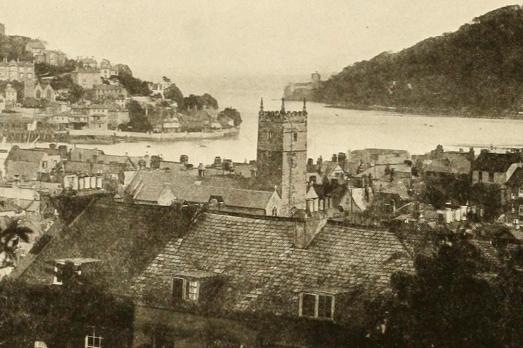
Gazing across the River Dart from Kingswear, you can see the ancient church of St Saviour, almost hidden by the Victorian development of the Quay.

Believed to have provided a light at the harbour entrance, St Petrox is the mouth of the River Dart. The Mayflower and The Speedwell departed for the New World from Dartmouth in August 1620.
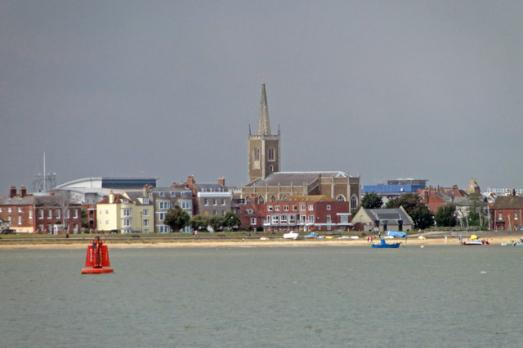
The ship which transported the enterprising Pilgrims across the Atlantic was built in Essex. Its captain, Christopher Jones lived in Harwich and was wed at St Nicholas, which was rebuilt 1821.
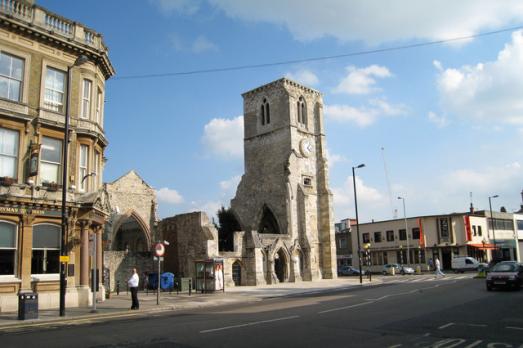
The Holyrood church was badly bombed in 1940 and remains as a memorial to the Merchant Navy. Nearby, the port was where the disparate groups of pilgrims first joined together to sail on to America.

A few of the fragmented 17th century inscriptions on the floor stones name merchants and others who would have been present in Plymouth at the time of the sailing of the Mayflower in 1620.
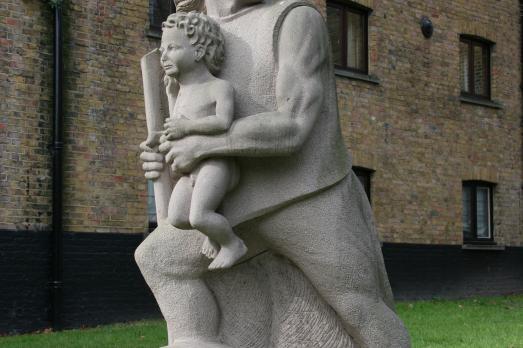
St Mary’s is where Revd Thomas Gataker, a man of puritan leanings, may have influenced Master Christopher Jones decision to take on the perilous transatlantic voyage in his ship, Mayflower.
One ship that links nations, spans 400 years of history and connects millions of people. From November 2019, an ambitious year long commemoration will mark the 400th anniversary of the Mayflower’s pioneering voyage.

HeritageInspired